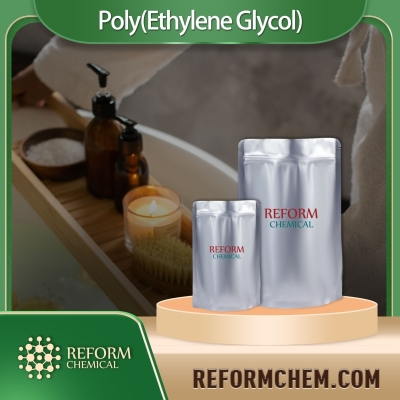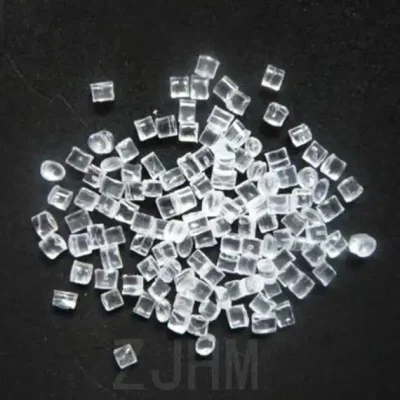-
Categories
-
Pharmaceutical Intermediates
-
Active Pharmaceutical Ingredients
-
Food Additives
- Industrial Coatings
- Agrochemicals
- Dyes and Pigments
- Surfactant
- Flavors and Fragrances
- Chemical Reagents
- Catalyst and Auxiliary
- Natural Products
- Inorganic Chemistry
-
Organic Chemistry
-
Biochemical Engineering
- Analytical Chemistry
-
Cosmetic Ingredient
- Water Treatment Chemical
-
Pharmaceutical Intermediates
Promotion
ECHEMI Mall
Wholesale
Weekly Price
Exhibition
News
-
Trade Service
The laboratory of Mitsuhisi Sato, president of Nippon Institute of Technology, Faculty of Advanced Engineering and professor of applied physics, has trial-produced a translucent lithium battery
with optical charging.
The goal is to realize "smart windows", which turn almost transparent windows directly into large-area batteries, and make them function as solar cells, which change color when sunlight enters and reduce light transmittance
.
Japan has developed a translucent lithium battery with optical charging function
It is reported that Sato's laboratory developed a translucent lithium-ion secondary battery in 2013 and published related papers
.
At that time, the prototype battery used Li3Fe2 (PO4)3 (LFP) for the positive electrode, Li4Ti5O12 (LTO) for the negative electrode, and used an electrolyte with lithium hexafluorophosphate (LiPF6) as the main component
.
These are all materials commonly used in lithium-ion secondary batteries, but the oxide is basically transparent, and the thickness of the positive electrode is only 80nm, and the thickness of the negative electrode is only 90nm, which is very thin, thus achieving a high light transmittance
.
For green light with a wavelength of about 550 nm, the light transmittance after discharge is about 60%.
After charging, the lithium concentration in the electrode changes, the electronic state (valence) of the material changes, and the transmittance to green light drops to about 30%.
The output voltage is approximately 3.
6V, and the charge-discharge cycle life has been confirmed to reach 20 times
.
Sato Labs recently exhibited a new device
with unpublished papers at the exhibition "Innovation Japan 2015".
The new device slightly changes the material of the translucent lithium battery mentioned above, allowing electrons excited by light emitted into the negative electrode to be used directly for battery charging
.
The laboratory of Mitsuhisi Sato, president of Nippon Institute of Technology, Faculty of Advanced Engineering and professor of applied physics, has trial-produced a translucent lithium battery
with optical charging.
The goal is to realize "smart windows", which turn almost transparent windows directly into large-area batteries, and make them function as solar cells, which change color when sunlight enters and reduce light transmittance
.
Japan has developed a translucent lithium battery with optical charging function
It is reported that Sato's laboratory developed a translucent lithium-ion secondary battery in 2013 and published related papers
.
At that time, the prototype battery used Li3Fe2 (PO4)3 (LFP) for the positive electrode, Li4Ti5O12 (LTO) for the negative electrode, and used an electrolyte with lithium hexafluorophosphate (LiPF6) as the main component
.
These are all materials commonly used in lithium-ion secondary batteries, but the oxide is basically transparent, and the thickness of the positive electrode is only 80nm, and the thickness of the negative electrode is only 90nm, which is very thin, thus achieving a high light transmittance
.
For green light with a wavelength of about 550 nm, the light transmittance after discharge is about 60%.
After charging, the lithium concentration in the electrode changes, the electronic state (valence) of the material changes, and the transmittance to green light drops to about 30%.
The output voltage is approximately 3.
6V, and the charge-discharge cycle life has been confirmed to reach 20 times
.
Sato Labs recently exhibited a new device
with unpublished papers at the exhibition "Innovation Japan 2015".
The new device slightly changes the material of the translucent lithium battery mentioned above, allowing electrons excited by light emitted into the negative electrode to be used directly for battery charging
.







